
Bathrooms rarely get compliments, but in Japan, people leave impressed. It’s less about flash and more about smart details that make everything flow smoothly. The design works smoothly, without any fuss or fanfare. Once you’ve experienced it, ordinary bathrooms seem outdated. Wondering what makes them so different? Let’s take a closer look.
Heated Toilet Seats Come Standard
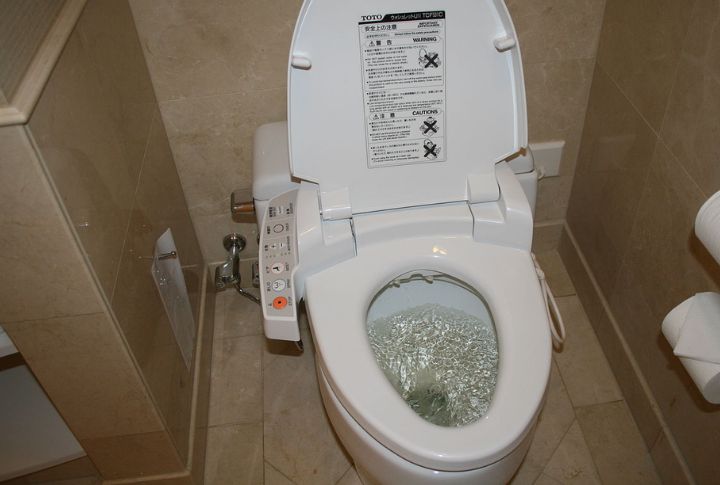
Heated toilet seats are common across Japan, especially in regions with cold winters. They’re found in homes, public restrooms, and hotels alike. Toto, a leading toilet manufacturer, introduced this innovation and continues to refine it. Many models now include sensors that automatically adjust warmth based on room conditions.
Bidet Features Offer Hands-Free Hygiene
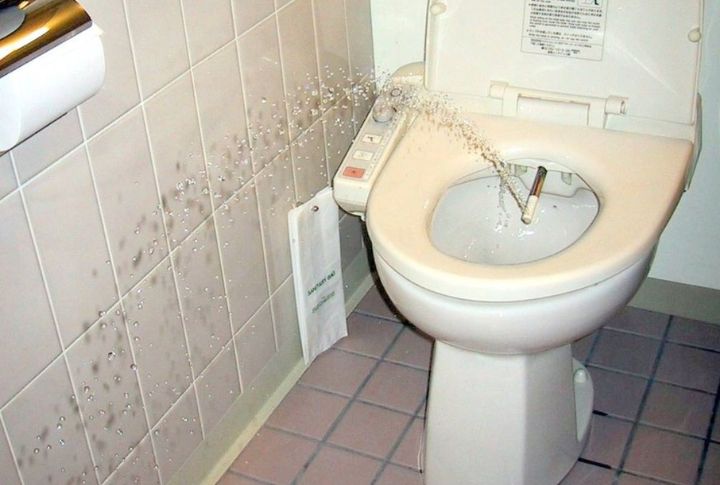
Toilets in Japan go way beyond basic. Most come with adjustable nozzles that let you control water pressure and position. In addition, some include oscillating or pulsing options. Even in public restrooms, front and rear wash modes are usually available. As a result of that, paper use drops and hygiene improves significantly.
Separate Areas For Toilet And Bathing
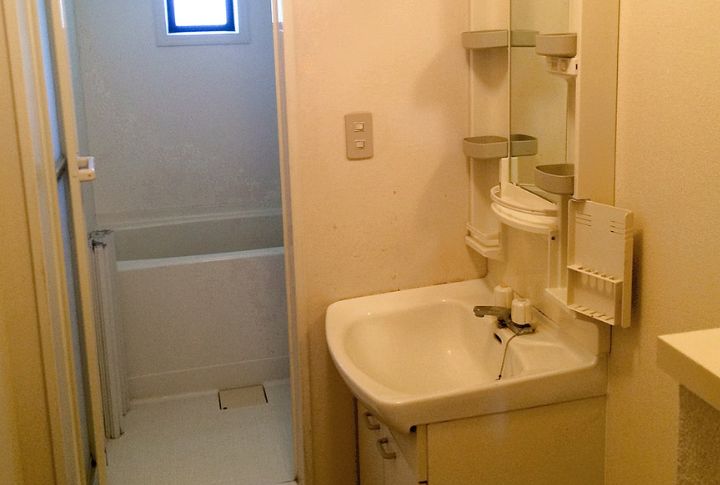
Japanese bathrooms are commonly divided into two zones: one for the toilet and one for bathing. This setup supports better hygiene and makes it easier for multiple family members to use the space simultaneously. The design is found across homes and apartments, regardless of how small the footprint is.
High-Tech Toilets Have Built-In Deodorizers
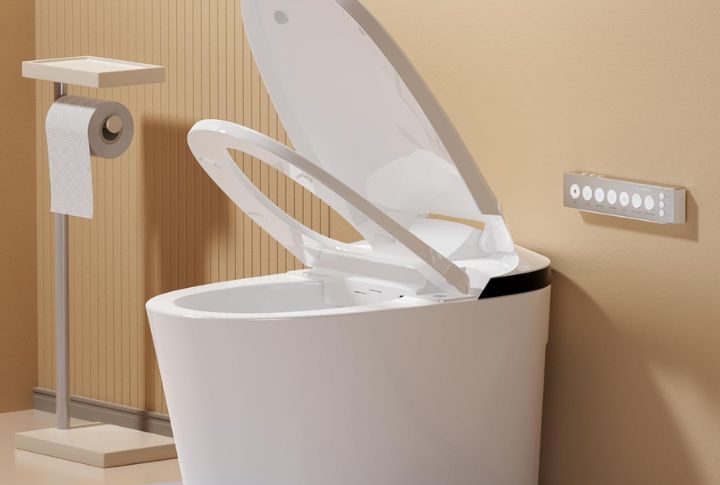
High-tech Japanese toilets include built-in deodorizers that activate automatically when someone sits. These systems filter air using either ionization or activated charcoal. Since odors are neutralized on the spot, there’s little need for room sprays. For cleaner-smelling bathrooms without extra effort, this feature is worth looking for.
Water-Saving Flushing Systems Are The Norm
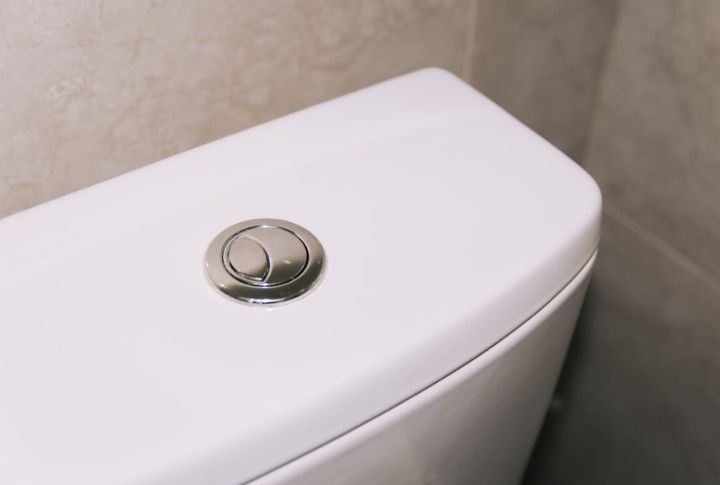
Hardly anyone thinks about saving water in the toilet, but Japan made it possible in clever ways. Toilets often have dual-flush buttons and shut-off valves that keep each flush under five liters. Some reuse water from handwashing through a tank-top sink, making conservation part of the routine.
Sound Masking Features Maintain Privacy
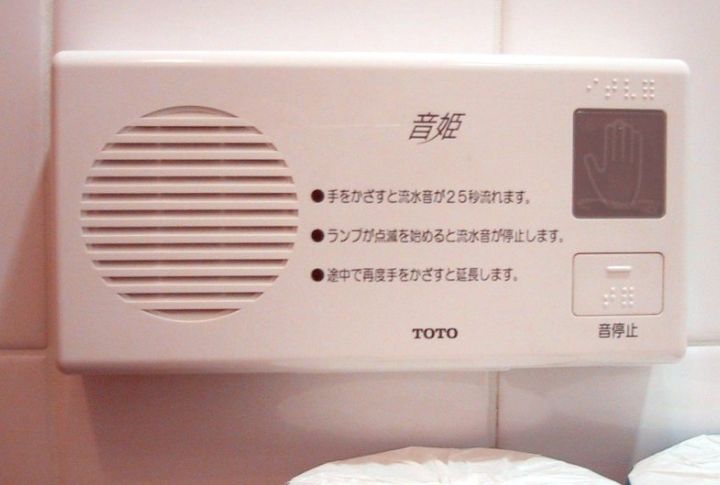
Most modern toilets in the country come equipped with integrated noise masking, typically white noise or water sounds. To activate it, users press the “Otohime” button, which triggers the sound immediately. Originally used in women’s restrooms, the feature is now common in stations, malls, and office buildings.
Soaking Tubs Are Deep And Relaxing
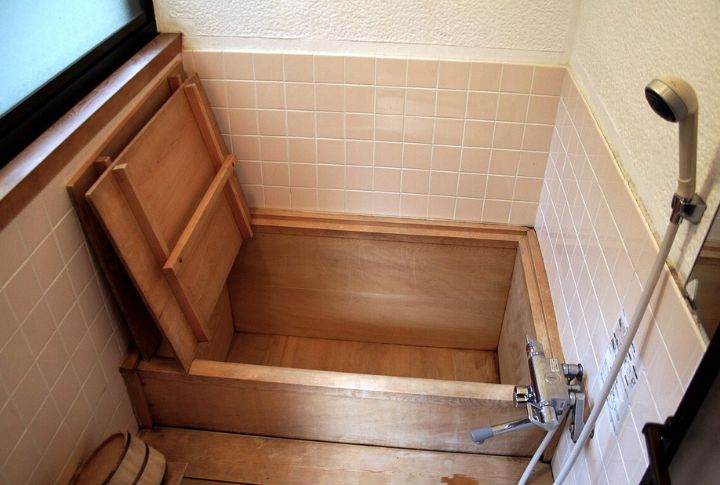
Japanese bathtubs may be short in length, but they’re deep enough to allow full-body soaking. Washing typically takes place outside the tub to help keep the water clean. Many setups include automated heating or reboil functions. Evening bathing becomes both practical and deeply restorative with this design.
Bathrooms Are Fully Waterproof Wet Rooms

Water-resistant floors and cabinets handle splashes without damage, and floor drains pull water away fast. The whole space stays clean without much effort. There’s no puddling, no soggy mess, just a tidy, easy-to-use area that feels fresh every time, right after a soak or during busy early mornings.
Toilet Control Panels Are Like Mini-Computers
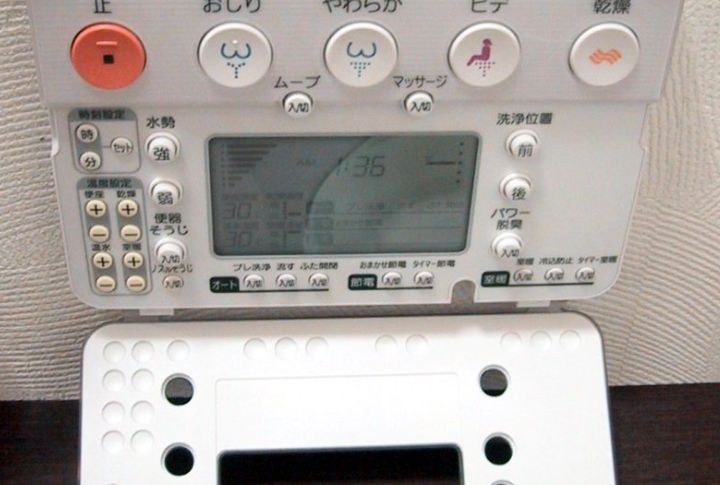
Toilet control panels in Japan function like mini-computers and give options to control seat warmth, spray strength, and dryer settings. Many include English and Japanese language options. Higher-end models feature motion or voice response, and some let users save personal settings, eliminating the need to readjust preferences each time.
Mirror Panels Don’t Fog Up
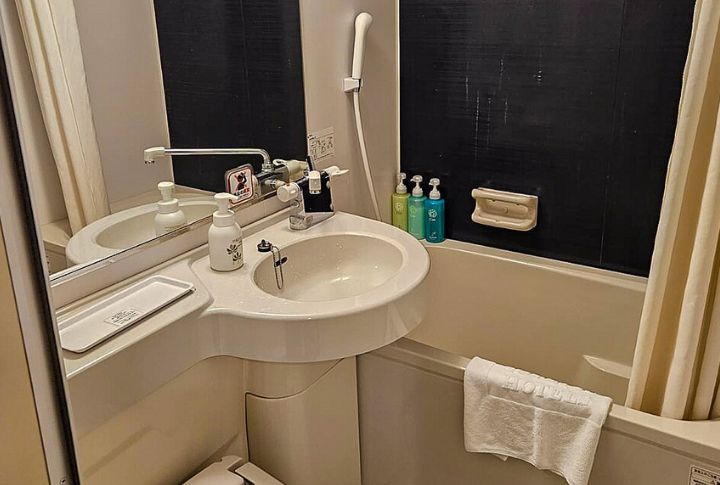
Steamy showers don’t cloud up mirrors in Japanese bathrooms. A built-in heater behind the glass keeps reflections clear, so there’s no need to wipe or wait. It’s a small touch that saves time and makes getting ready smoother, even right after the hottest, longest shower.

